Generally, the shelf-life period for most of teas should be within 2 years. Beyond this period, even if they are kept in good condition, their aromas still decrease gradually with the time. But when it comes to aged white tea it’s not true.
The term aged white tea refers solely to these white teas which have been stored for a long period of time (10-20 years). Different from traditional green tea or white tea, but like Pu-erh, Lao Bai Cha (Old aged white tea) continues to oxidize during storage, the longer they are stored, the richer and mellower they will be. But no matter how long they are stored, the stored time should not hit their expiration date. During the storage, there are a series of changes have been taking place inside the tea. There is a saying about aged white tea in China: “one-year tea, three-year medicine, seven-year treasure”. It means one-year old aged white tea still remains a tea, the three-year old aged white tea is not merely a common tea but has great value in medicine and the seven-year old aged tea turns to be a treasure pursued by tea enthusiasts.
In the market, most of the aged white teas we are familiar with are 5-6 years old. In other words, aged teas of 10-20 years old are very precious and rare.
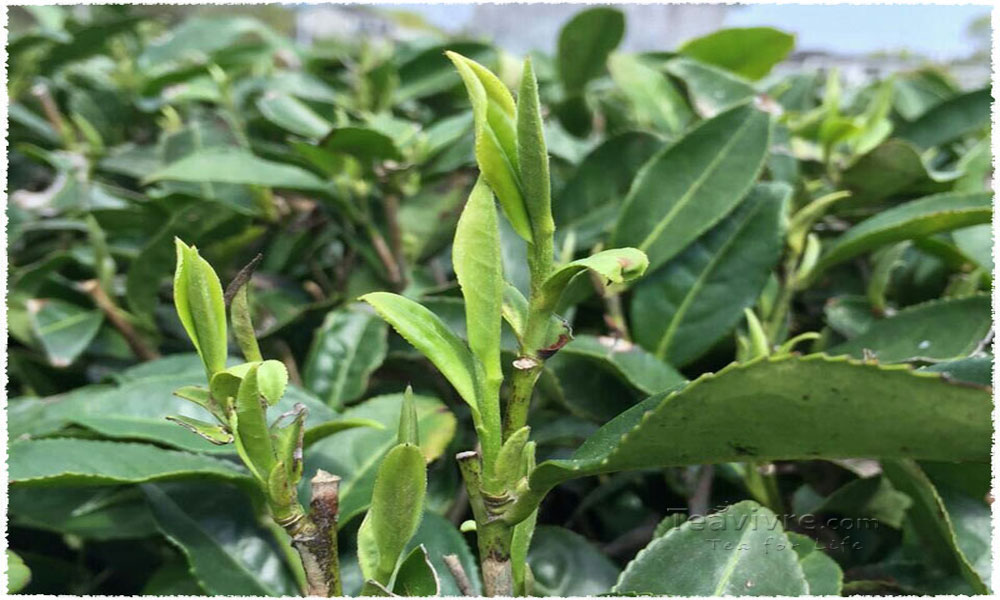

Why are the aged white teas so precious?
1. The annual output of white tea is relatively low since the tea varieties available for making aged white are limited to a few noted types which only grow in Fuding and Zhenghe areas in Fujian province. There are still some complete and ancient tea tree forests in this area. In fact, Fu Ding Da Bai Chia is the descendant of those ancient trees.
2. High demands are needed to make this tea which is almost 100% handmade following the traditional skills. Great importance should be given to time, temperature during the whole processing from beginning to end. Some of these processes are done behind closed doors, each master careful to protect their hard-learned techniques.

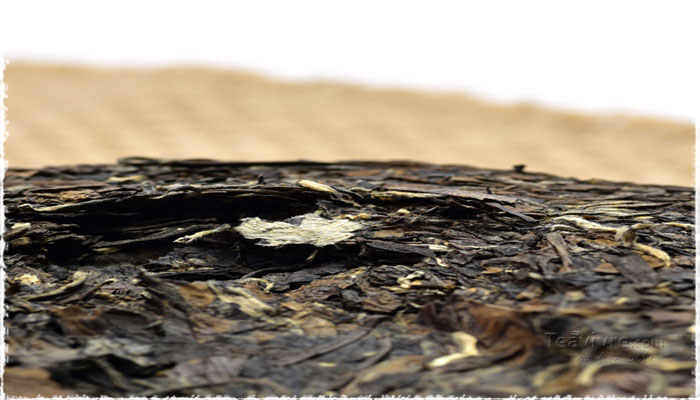
Brewing Method A: Using Gai Wan
1. Putting tea into Gaiwan
You need to adjust the amount of tea leaves according to the size of the Gaiwan you want to use. Please make sure that your tea should not be more than 1/3 Gaiwan volume.
Because you will find that it is very difficult for you to dilute the liquor when your liquor tastes too strong especially when you place too much leaves at a time.
2. Rinsing tea
As far as rinsing of tea leaves goes, it does help remove the pesticides and tiny dust which will be present on the outside of the tea leaves to a great extent. It is also said that the tea you bought from tea store in a sealed bag are in a dormant state. So a quick rinsing is required to “wake” the leaves. When you actually rinse it the full flavor of the tea can shine through easily. Please note that you should do it in a gentle way instead of use boiling water to flush them directly.
3. Add hot water:
Use an amount in proportion to the quantity of tea you’ve added. Boiling water is ideal for brewing this tea. Pour water gently along the rim to avoiding flushing the leaves directly.
4. Serve
Two keys for this step:
1) Typically, 5s is enough for your first infusion after rinsing. You can add a few minutes depending on your taste.
2) When the steeping time is up, you need to decant the brew into another cup quickly. Please make sure completely pour off. If hot water remains inside teapot, it will damage tea leaf while tea is waiting for subsequent brewing. Please cover the lid with a small opening to let fresh air in while you are waiting for subsequent brewing. By doing this, the following infusions taste better.
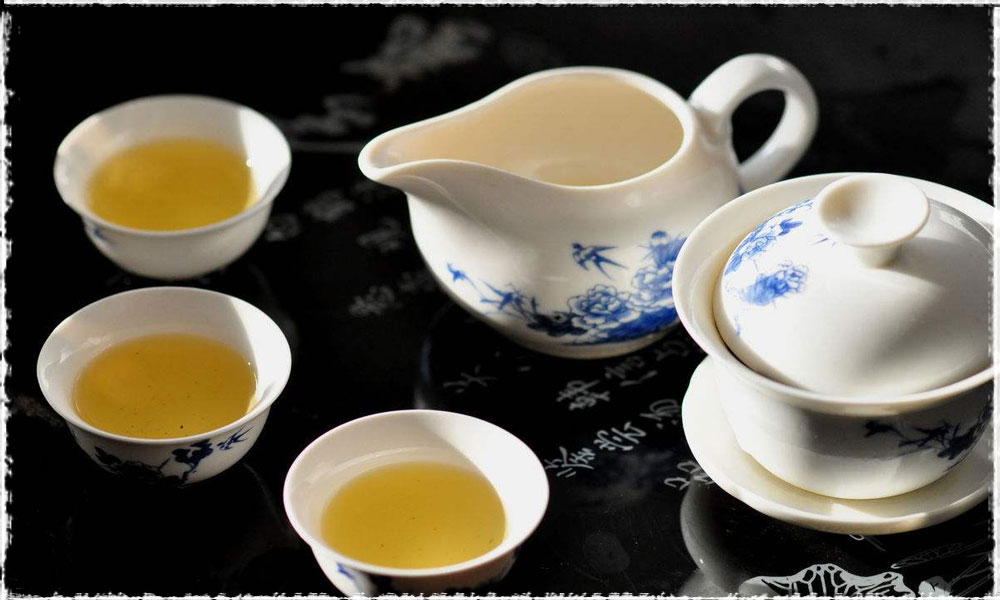
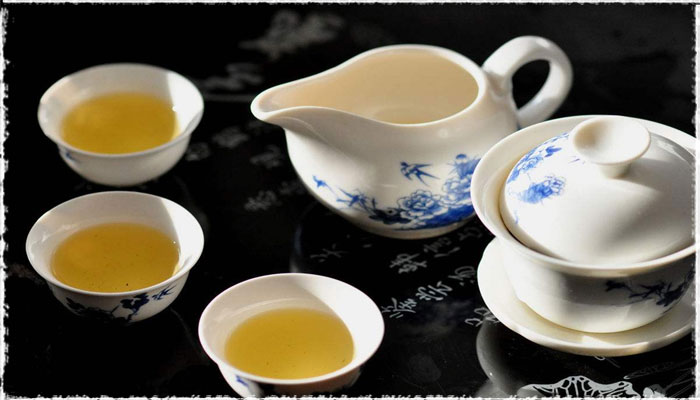
Brewing Method B: Using Yixing purple clay teapots
1. Clean tea pot: Rinse teapot with boiling water so as to warm it up.
2. Place tea : the quantity of water should be 2/3 of tea pot.
3. Rinse tea: rinse tea leaves with hot water for 2-3 times in a very fast speed to wake them up.
4. Water temperature: 90-95℃.
5. Pour out water: Pour tea liquid into serving cup when it becomes light amber.
6. Enjoy.

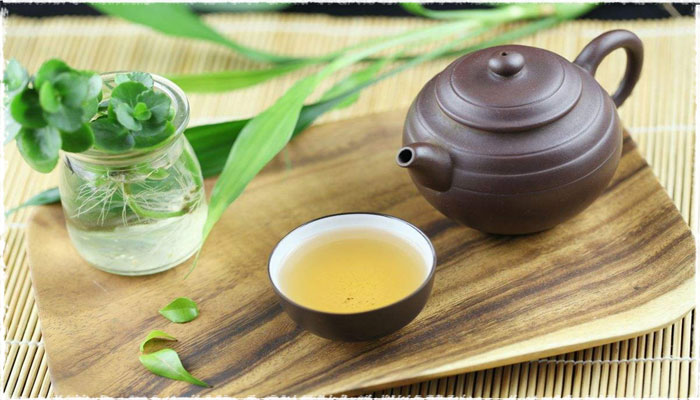
Brewing Method C: Using small tea pot with a lid
This is the easiest way
1. Tea amount: 7-10g
2. Rinsing time: 15-20s
3. Brewing time: 45-60s
4. Brewing temperature: 100℃
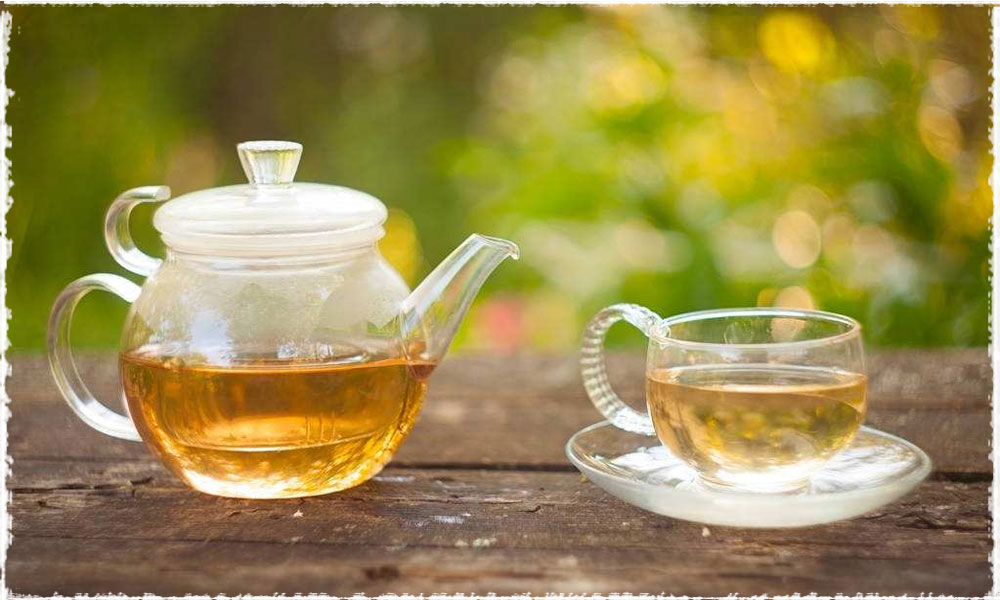
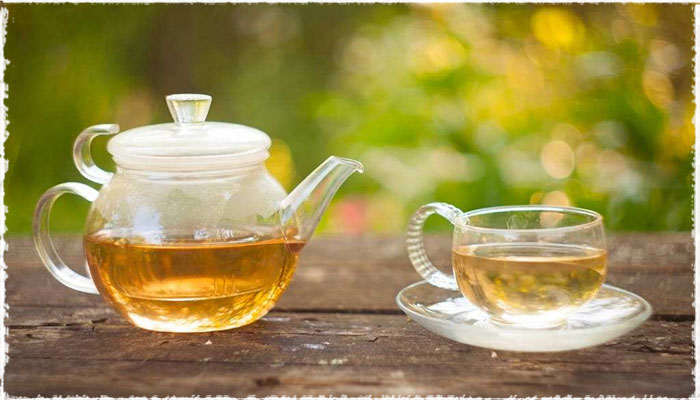
Brewing Method D: Boiling aged white tea with purple clay teapots
1. Prepare 10-15g of leaves
2. Rinse tea for 30s. (Note: Gai wan is convenient for you to rinse tea)
3. Put the rinsed leaves in when the water begins to boil.
4. Continue boiling for 5-10s
5. Enjoy
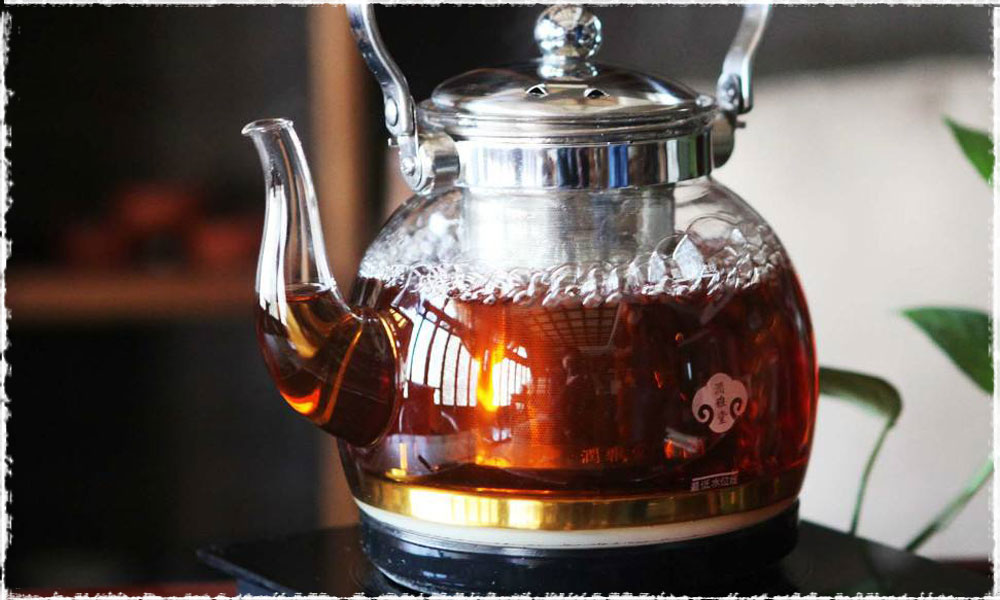
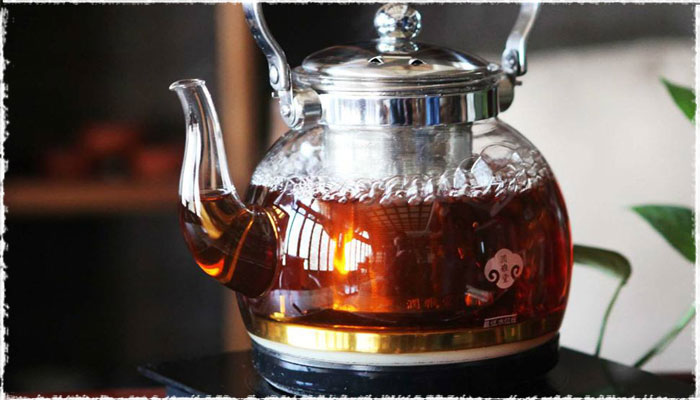
 Exploring the Charms of 2024 Spring Tea Garden with Angel
Exploring the Charms of 2024 Spring Tea Garden with Angel Yingde Black Tea
Yingde Black Tea Matcha vs. Green Tea Powder
Matcha vs. Green Tea Powder
